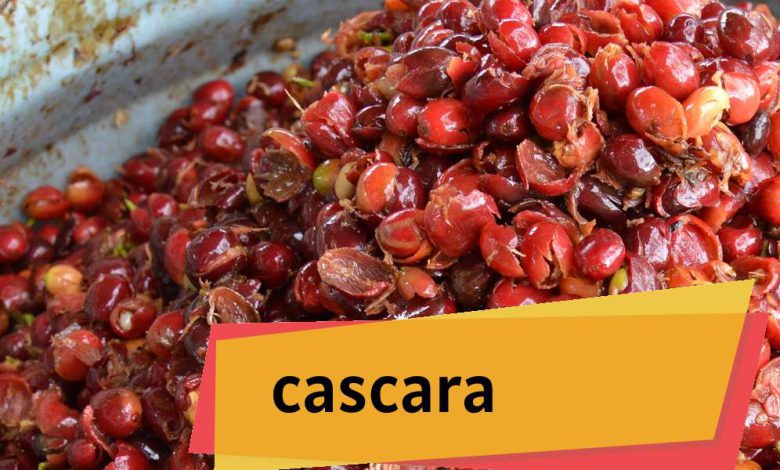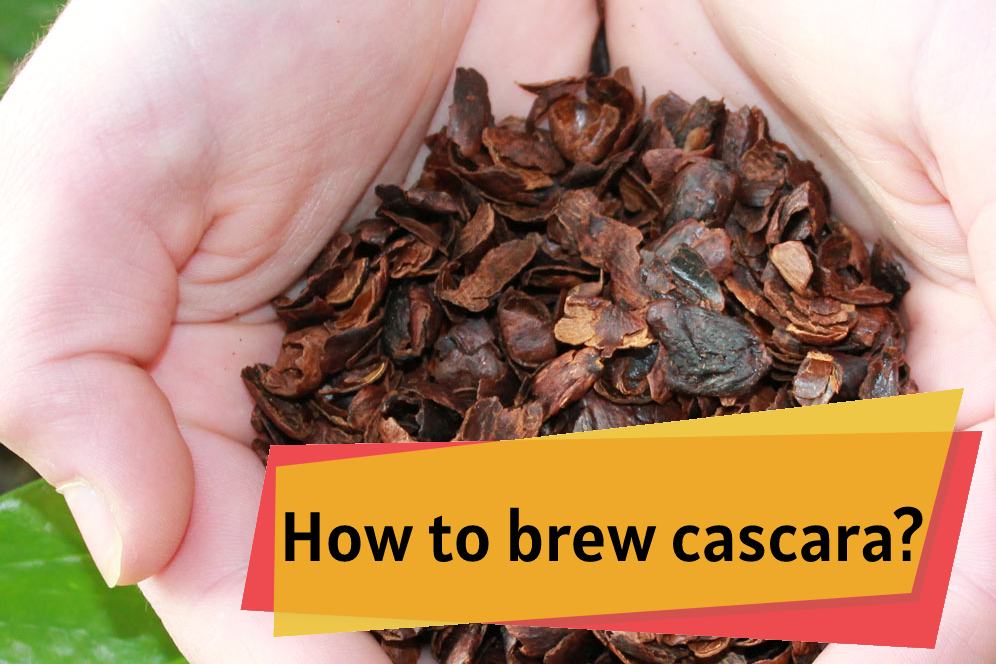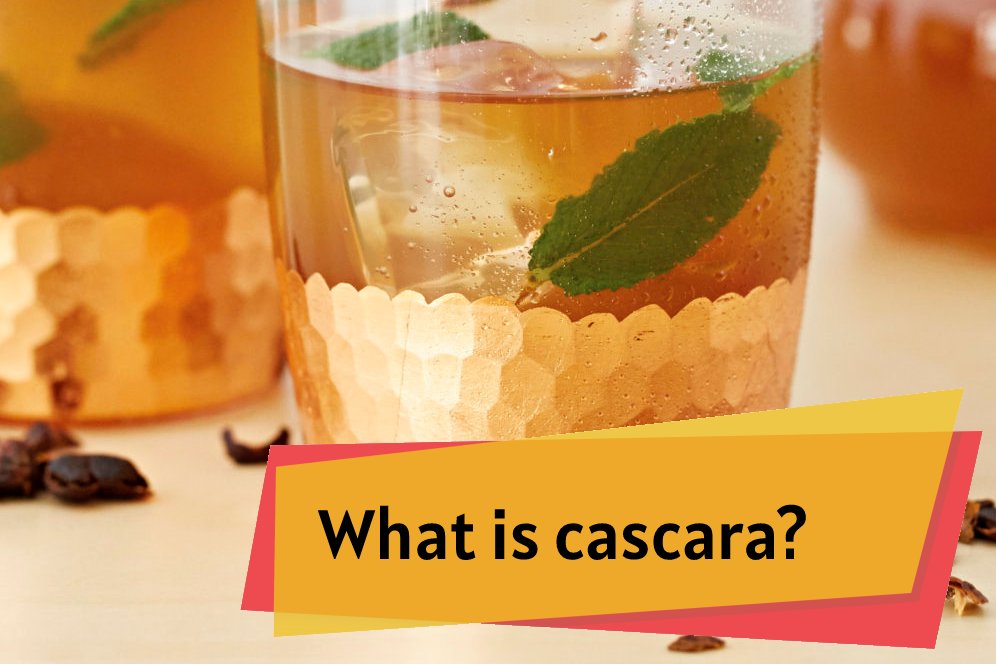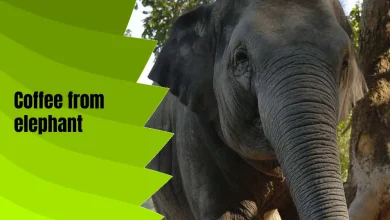Cascara Tea: A Tasty Infusion Made From Coffee Waste + Recipes 2024

From the ever-increasing demand for specialty coffee to the increasing popularity of tea, the hot beverage industry has witnessed many changes in recent years.
In the midst of these changes, a new hot drink has emerged that has attracted much attention: Cascara or coffee cherry fruit tea.
Coffee cherry is a fruit that consists of skin, pulp, silver skin, skin and seeds.
Cascara; It is the part that remains from the coffee fruit after removing the coffee beans. It can also be called coffee bark or dried coffee cherry.
Coffee fruit It has a structure like cherry, rose or nutmeg. The taste of coffee cherry alone is not very suitable for consumption. The most common use of tree bark in the world is to use it as a herbal tea after it is dried.
It is a less studied product as a food. Since this is a by-product of coffee beans, it is in a suitable category in terms of quality control and consumption area. Because it contains caffeine, it cannot be consumed as food in large quantities and cannot be used as animal feed.
Contents
How to brew cascara?
For cascara brew, the ideal ratio is 19 to 1. In other words, it is recommended to add 190 g of water to 10 g of cascara.
- Brewing with a French press is possible.
- The temperature of the water should be between 90-95 degrees.
- Brewing time is 7-8 minutes.
- In the summer, it can be taken over ice or with a more refreshing tonic.
Tip: You can also use a Chemex to brew cascara.
What is cascara?
Cascara of the coffee plant contains high phenolic compounds, which play an important role in preventing many chronic diseases due to their antioxidant, anti-inflammatory and anti-cancer properties.
Its color can vary and it is small and has a fleshy skin similar to a cherry. Typically, the cherries are peeled and then the kernels, the beans, are roasted.
This coffee berry can be made as a nutritional supplement or a cascara tea.
So the question you need to ask is, is cascara coffee or tea?
Cascara is a tea.
Cascara becomes sweet when made into a simple syrup. It tastes like a combination of fruits and herbs such as rose, hibiscus flower, red berry, mango and sometimes even a hint of tobacco. It is also described as having a taste similar to cherry brown candy.
You can consume cascara tea hot or cold. It is the same as other teas. Although the brewing process is the same as other teas, it takes more time to prepare iced tea. Cascara is not literally coffee or tea.
Since it comes from the coffee family, you can’t say it’s exactly tea. As it has citrus flavor and fruit acidity, it is a drink that is enjoyed.
How much caffeine is there in it? Coffee cherry tea has the same caffeine content as black tea. It only has a quarter of the caffeine level of regular coffee. So, if you are working all night, choose a regular cup of coffee instead of tea made from cherries.
Note: It is said that coffee cherry pulp contains significant amounts of phenolic and caffeine compounds. This means that it not only contains caffeine, but also a rich source of antioxidants.
cascara coffee benefits
Cascara, also known as coffee cherry tea, is a beverage made from the dried skin and fruit of the coffee cherry. While research on the health benefits of cascara is limited, here are a few potential benefits that have been suggested:
- Antioxidant properties: Cascara contains antioxidants such as flavonoids and phenolic compounds, which may help protect against cellular damage caused by free radicals.
- Energy boost: Cascara contains caffeine, which can provide a natural energy boost and improve focus.
- Digestive health: Cascara contains dietary fiber, which can promote healthy digestion and regularity.
- Anti-inflammatory effects: Some studies suggest that cascara may have anti-inflammatory properties, which could help reduce inflammation in the body.
- Immune system support: Cascara contains vitamins and minerals such as vitamin C, potassium, and magnesium, which can help support a healthy immune system.
It’s important to note that more research is needed to fully understand the potential health benefits of cascara, and like with any food or beverage, moderation is key.
“It is recommended not to drink coffee on an empty stomach. For more information about the harms of drinking coffee on an empty stomach, click here.”
Where does the cascara come from?
The coffee beans come from Ethiopia, the original home of coffee.
In Ethiopia, Cascara coffee pods are made into a tea called Geshar or Hashara, and roasted until almost black. The skins are then steeped in water for a longer period of time to develop an intensely fruity flavor.
Later, the coffee beans migrated to South America, where a different approach to brewing cascara was followed. It is widely consumed in Bolivia, where Bolivians call it sultana.
The Cascara cherry fruit is first dried in the sun and then slowly roasted by coffee machines like coffee. From there, the dried fruit skins are made into a loose leaf tea ready to be brewed.
Add some boiling water and stir in cinnamon, cloves and sugar. After 4 to 8 minutes, depending on how strong you want it, have a cup of sweet tea with cherry notes in it.
Traditionally, Cascara has been used for several medicinal purposes. It is known to heal headaches, wounds, swelling and internal tensions. But overall, Cascara was the most popular for its laxative properties and over-the-counter constipation treatment.
Side effects of Cascara
Fresh cascara contains antrons, which can cause vomiting and intestinal cramps.
Toxicity: Excessive use can cause diarrhea and fatigue.
Rarely: cascara has been associated with cholestatic hepatitis (liver disease).
Case report: Toxic hepatitis (inflammation of the liver) has been reported due to consumption of cascara.
Finally
Coffee fruit constitutes 50% of the total volume of its cherry. During the pulping process, these fruits are separated from their seeds and are collected through channels in a place separated from the green seeds. In this process, there is a slight chance of the fruits falling off. But coffee cherries are rarely used as fertilizer in fields.
One of the most important points that fans of cascara point out is that it is a new and creative way to use the by-products of the coffee plant and is considered an environmentally friendly drink.
Cascara walks the thin line between tea and coffee. Despite the fact that coffee is made by brewing cherry fruit, it does not taste like coffee at all. Cascara is usually said to have a sweet and tangy taste with aromas of rose, cherry, red berry, mango, or even tobacco. This brew has a very small amount of caffeine compared to coffee.
read more: Geisha coffee
Cascara caffeine content
Cascara typically contains between 10-20 mg of caffeine per 8 oz cup.
The caffeine content in Cascara coffee cherry tea is similar to espresso, energizing and refreshing. Another reason for the popularity of Cascara tea among experts is that the caffeine found in coffee beans acts as a natural insect repellent and is more concentrated in the cherry’s husk than in the bean itself.
Relatively speaking, Cascara tea has more caffeine compared to coffee. Its origin is hidden in Indian culture – Cascara coffee cherry tea has always been a popular alternative to coffee among coffee farmers and local people living around the equator.
What does cascara taste like?
Cascara has a unique flavor profile that is different from coffee. It has a slightly sweet, fruity taste with notes of cherry, raisin, and hibiscus. Some people describe the taste as being similar to dried fruit or tea. The flavor can vary depending on the coffee variety, processing method, and brewing technique used. Cascara can be brewed hot or cold and is often served with honey, cinnamon, or other spices to enhance its natural sweetness.





